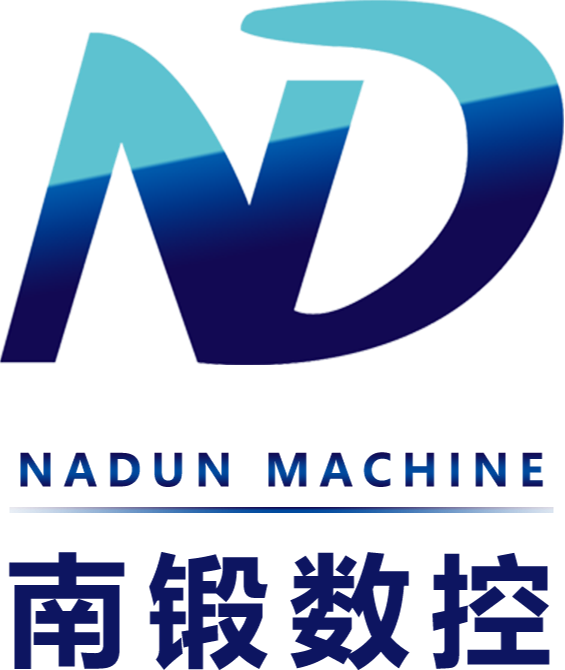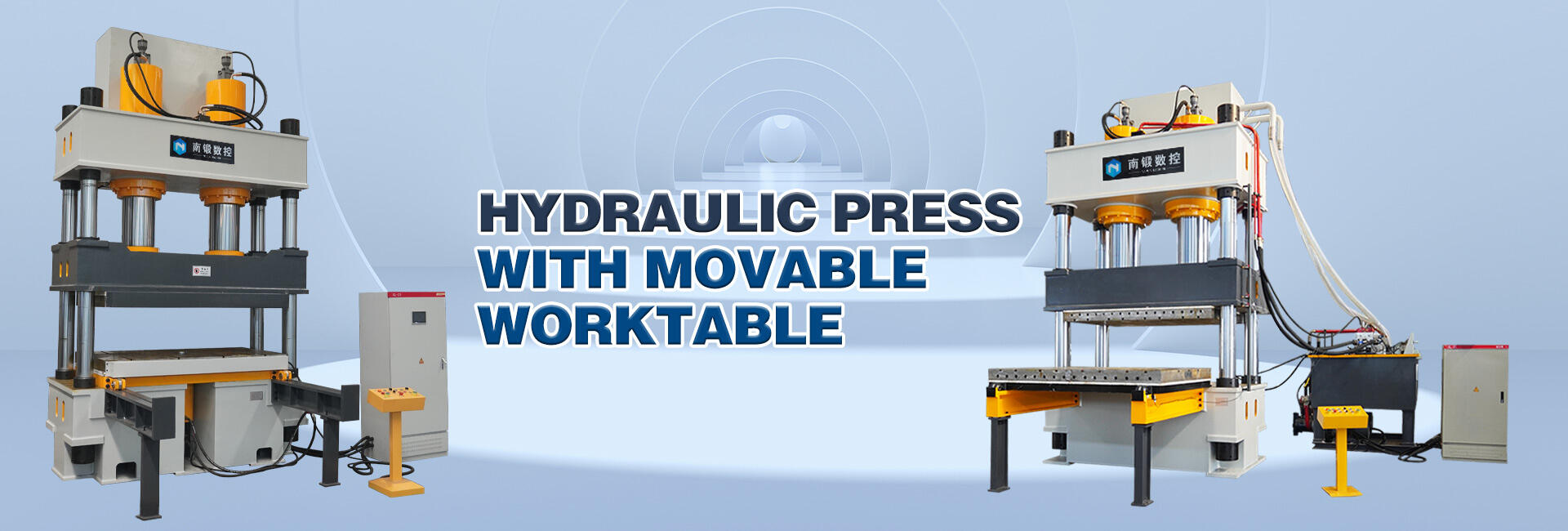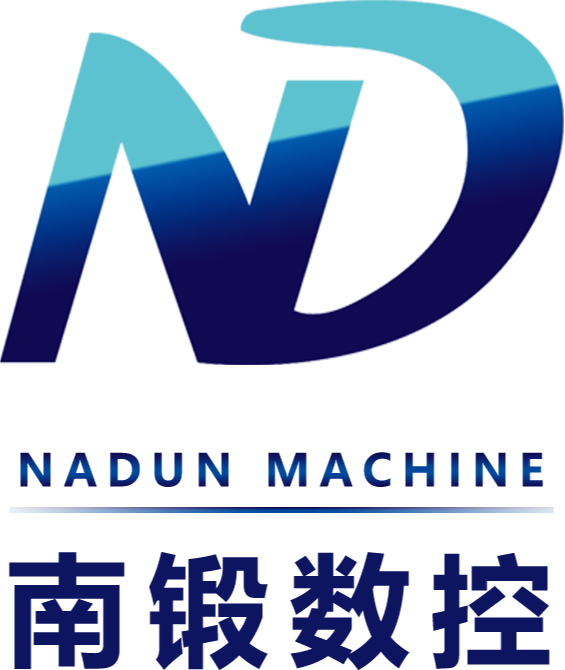ข้อดีของเครื่องกลึงแนวตั้ง CNC เมื่อเทียบกับเครื่องกลึงแบบดั้งเดิมคืออะไร?
เครื่องกลึงแนวตั้งแบบ CNC ซึ่งเป็นเครื่องมือกล CNC ที่มีประสิทธิภาพสูง ความแม่นยำสูง และลักษณะการทำงานหลายฟังก์ชัน ถูกใช้อย่างแพร่หลายในอุตสาหกรรมการบิน อวกาศ การผลิตยานยนต์ การประมวลแม่พิมพ์ และสาขาอื่น ๆ อีกมากมาย เป็นหนึ่งในอุปกรณ์หลักสำหรับการผลิตทางอุตสาหกรรมสมัยใหม่ ประกอบด้วยเตียงเครื่อง กล่องแกนหมุน กล่องให้อาหาร ก้านหัวจับเครื่องมือ ระบบไฮดรอลิก ระบบระบายความร้อน และอื่น ๆ โดยใช้เทคโนโลยี CNC มอเตอร์ไฟฟ้าจะถูกควบคุมผ่านโปรแกรมเพื่อดำเนินการกระบวนการกลึงที่ซับซ้อนต่าง ๆ และมีระดับการอัตโนมัติและความแม่นยำในการกลึงสูงกว่าเครื่องกลึงแบบดั้งเดิม

ในฐานะองค์ประกอบหลักของเครื่องกลึงตั้ง CNC กล่องเพลาเป็นผู้รับผิดชอบในการขับเคลื่อนเครื่องมือตัดให้หมุนสำหรับการประมวลผล ซึ่งโดยทั่วไปแล้วจะประกอบด้วยเพลา เบ้าริ่ง มอเตอร์ไฟฟ้า กล่องเกียร์ และอื่นๆ อีกมากมาย ในระหว่างการประมวลผล กล่องเพลาสามารถหมุนได้ด้วยความเร็วสูง มอบแรงตัดและแรงบิดที่เพียงพอ เพื่อให้มั่นใจถึงเสถียรภาพและความมีประสิทธิภาพของกระบวนการประมวลผล
กล่องป้อนเป็นผู้รับผิดชอบในการควบคุมความเร็วและการลึกของการป้อนเครื่องมืออย่างแม่นยำในกระบวนการประมวลผลเพื่อให้ตรงตามความต้องการของการประมวลผลต่างๆ หอคอยและชุดจับเครื่องมือใช้สำหรับการติดตั้งและการปรับแต่งเครื่องมือตัด ซึ่งสามารถเปลี่ยนและวางตำแหน่งเครื่องมือประเภทต่างๆ ได้อย่างรวดเร็ว
ระบบไฮดรอลิกเป็นส่วนสำคัญของเครื่องกลึงแนวตั้ง ซึ่งสามารถให้แรงดันไฮดรอลิกที่เพียงพอสำหรับควบคุมการเคลื่อนที่ทางกลไกต่างๆ และการยึดชิ้นงานได้ ระบบระบายความร้อนใช้เพื่อป้องกันอุณหภูมิสูงที่เกิดขึ้นระหว่างกระบวนการแปรรูปจากการทำลายอุปกรณ์และชิ้นงาน จึงช่วยเพิ่มคุณภาพของการแปรรูป
เมื่อผู้ปฏิบัติงานใช้เครื่องกลึงแนวตั้งแบบ CNC สำหรับการแปรรูป เขาหรือเธอจะเขียนโปรแกรมการแปรรูปแล้วอัปโหลดไปยังระบบควบคุมของเครื่อง จากนั้นสื่อสารกับเครื่องผ่านคอมพิวเตอร์หรืออุปกรณ์ терминалอื่นๆ เพื่อส่งโปรแกรมไปยังเครื่องกลึงแนวตั้ง ก่อนเรียกใช้งานโปรแกรม จะต้องมีการตั้งค่าและสอบเทียบหลายอย่างเพื่อให้มั่นใจว่าเครื่องกลึงแนวตั้งทำการแปรรูปได้อย่างถูกต้อง

 EN
EN
 AR
AR HR
HR CS
CS DA
DA NL
NL FI
FI FR
FR DE
DE EL
EL IT
IT JA
JA KO
KO NO
NO PL
PL PT
PT RO
RO RU
RU ES
ES SV
SV IW
IW ID
ID LV
LV LT
LT SR
SR SK
SK SL
SL UK
UK SQ
SQ ET
ET HU
HU TH
TH TR
TR FA
FA AF
AF MS
MS MK
MK KA
KA UR
UR BN
BN

